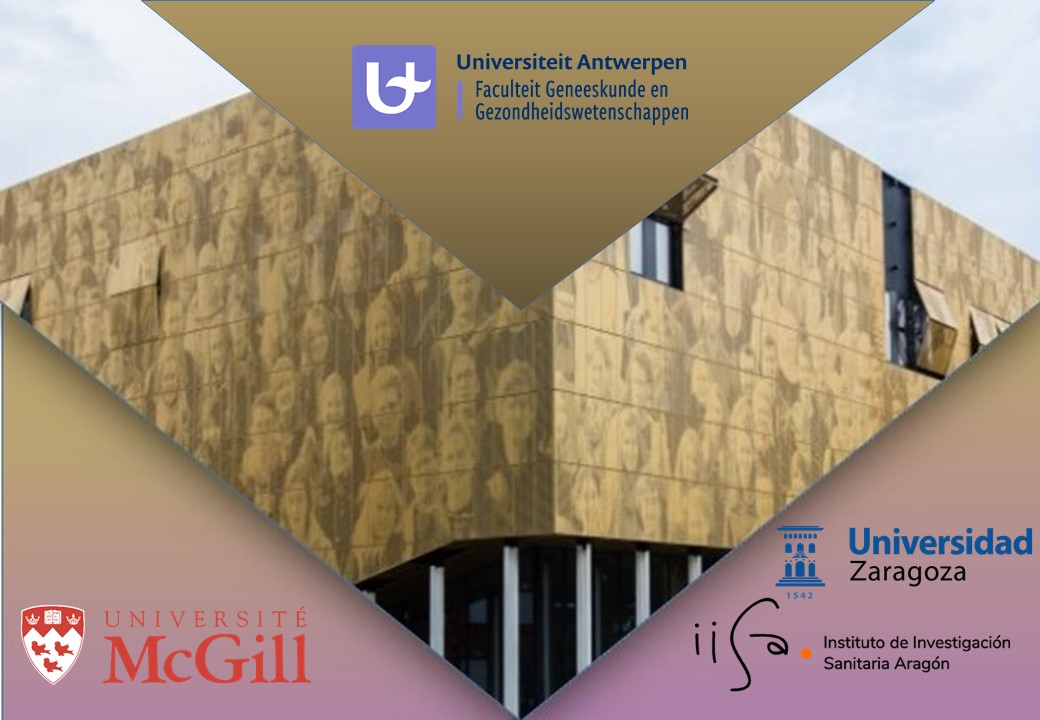Rationale: Cerebrovascular Accident (CVA) is one of the main causes of morbidity and disability worldwide. A frequent consequence of stroke is spasticity in the affected limbs. Spasticity is a velocity-dependent increase in muscle reflex activity that affects both resting muscle tone (hypertonicity) and voluntary movements. Lower limb spasticity is associated with limitations in walking ability, resulting in an increased incidence of falls, a reduced quality of life and greater caregiver burden. Two treatments for post-stroke spasticity are injection of botulinum neurotoxin (BTX A) and dry needling (DN) to chemically or mechanically disrupt signal transmission at the neuromuscular junction in the affected muscle respectively. Both treatments reduce spasticity and improve functional walking. As BTX A injection has some adverse effects, DN may be an effective, minimally[1]invasive, non-pharmacological alternative to the more invasive chemical denervation. However, while some local (muscle) mechanisms of action of BTX A and DN have been described, there is little information about their actions at the central (spinal) level, on activity, quality of life and cost-effectiveness. Objectives: The primary objective is to determine the mechanisms of action of BTX A infiltration and DN on lower limb post-stroke spasticity at the central (spinal) level. The secondary objectives are to determine safety and feasibility of each treatment and their effects at muscle and functional levels, quality of life and cost[1]effectiveness. The primary hypothesis is that DN treatment will be comparable to BTX A and will decrease post-stroke spasticity by decreasing stretch reflex excitability at the central (spinal) level. Improving knowledge of the mechanisms of action of both interventions will lead to more informed treatment prescription and better clinical mobility outcomes for post-stroke patients.
Methods: This prospective study will compare BTX A and DN treatment on spasticity relief in people who have sustained a first stroke 3-12 months previously and who have plantar flexor spasticity. Ninety patients will be recruited from 3 centers (30 per site) in Spain, Belgium and Canada. We will use a multiple-baseline time-series design across pairs of subjects matched for age and time since stroke. BTX A will be injected once and DN will be applied once weekly for 12 weeks. Effects will be evaluated before, during and after treatment and at a 4 week follow-up by blinded evaluators. Effects on spasticity will be evaluated at the central (spinal) level using a physiological measure of motoneuronal excitability (Tonic Stretch Reflex Threshold and its velocity sensitivity) and at the muscle level by quantifying morphological changes with ultrasound imaging and the perceived resistance to stretch (Mod-Mod Ashworth Scale). We will also assess effects on gait (Timed Up and Go, 10 Meter Walk Test and instrumented gait analysis) and quality of life (EuroQOL-5D). Cost-effectiveness of each intervention will be determined. A patient Advisory Group will be created to engage patients by asking for feedback during the study and to contribute to results dissemination. Outcomes: Although BTX is the gold standard for post-stroke spasticity treatment, DN treatment has shown to be effective with potentially fewer adverse effects. However, DN has not yet been routinely implemented in clinical practice and there are no comparative studies with BTX A and mechanisms of action remain unknown. This impedes prescription of the best available treatment to post-stroke patients considering spasticity pathophysiology. Results of this feasibility study (proof of concept) will determine the mechanisms of action of both treatments so that future studies with larger samples and other neuropathologies can be developed.
